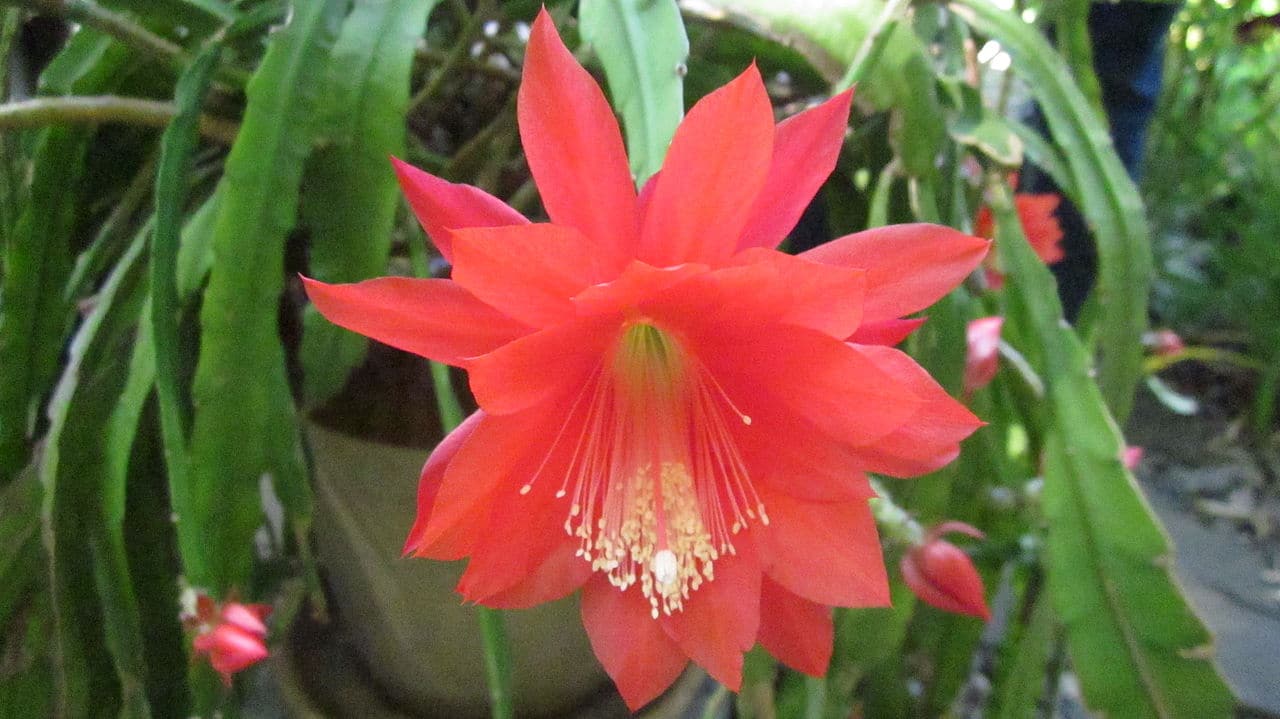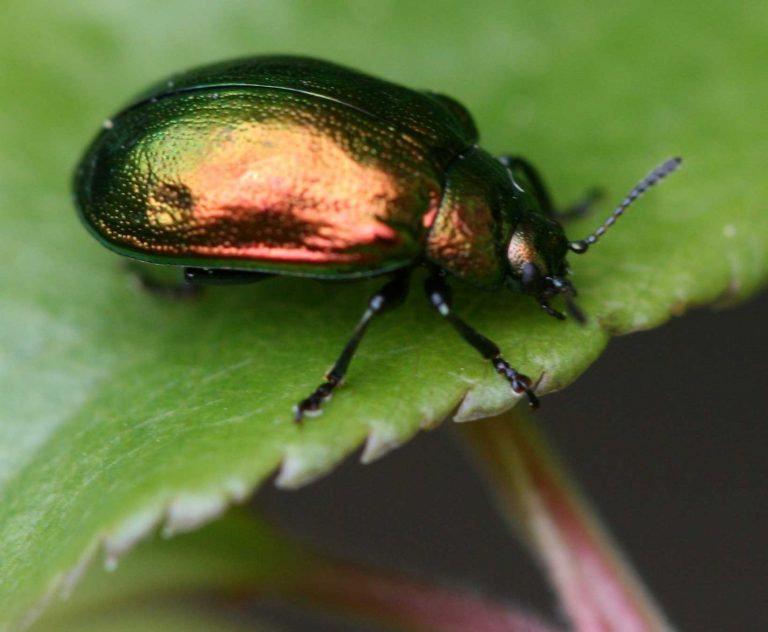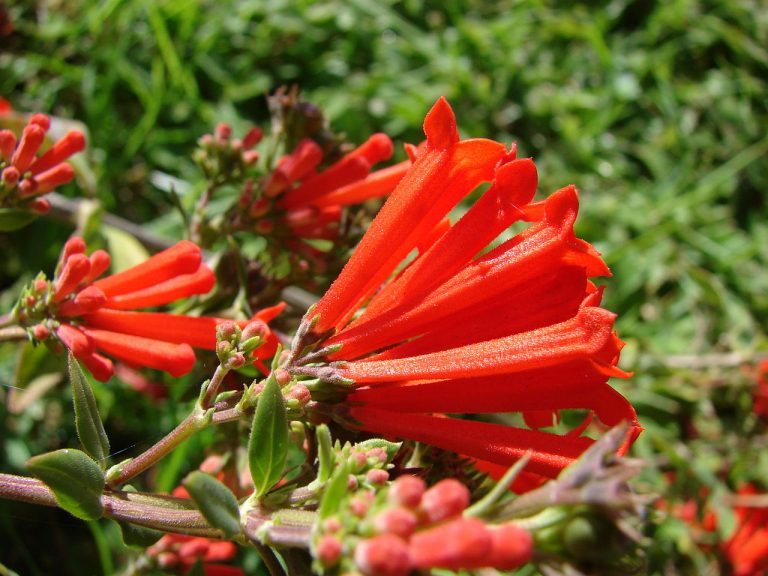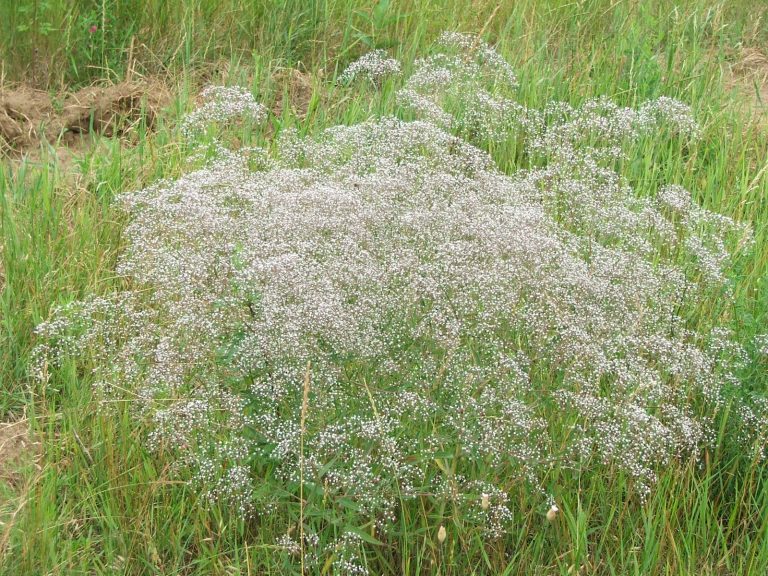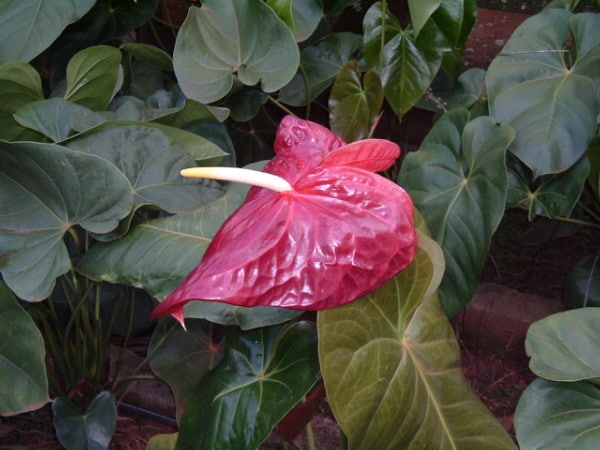Orchid Cactus
Scientific Classification
| Kingdom: | Plantae |
| (Unranked): | Angiosperms |
| (Unranked): | Eudicots |
| (Unranked): | Core eudicots |
| Order: | Caryophyllales |
| Family: | Cactaceae |
| Subfamily: | Cactoideae |
| Tribe: | Hylocereeae |
| Genus: | Epiphyllum |
The Orchid Cactus Plant is also known as Leaf Cacti and Climbing Cacti. This plant is widely grown for its flowers. The flowering period for this plant is from April to June. Its blooms come from the leaves of the last year. This plant got its name from its spectacular bloom, which look like the flowers of orchids. In short, it is also known as “Epis”. It is very unique and interesting plant and as it blooms at night, it is known as the Queen of the night and the Lady of the Night. In India it is known as Brahma Kamal.
History
According to Hindu Mythology, the orchid cactus plant is named after the God of creation Brahma. It only blooms for one night in a whole year. And its blooming lasts for only 10 hours. Its story is related to Lord Brahma about how he emerged in a Lotus flower from Lord Vishnu’s navel. So, it is believed that it is a sacred flower.
Anatomy
The stems of orchid cactus plant are flat and broad and with lobed edges, they are 1 to 5 cm wide and 3 to 5 cm thick. With numerous petals, its flowers are large and 8 to 16 centimeters in diameter. These flowers are white in color and the outer petals usually have a yellow color. The Fruit of this plant is very edible and 3 to 4 cm long. The Leaves of this plant are well-known and these leaves bear large and strongly fragrant flowers which bloom for a single night only. Active growing season of this plant is the spring and summer season.
Blooming of the Flower
This peculiar plant has beautiful flowers that start to bloom after the sunset, that is, from 7 pm, and it takes around 2 hours to complete the blooming. It attains a full size of diameter around 8 inches. The whole night it remains open, and closes before the sunlight falls on its long stalks. The stunning white color and the lovely fragrance lead to the attraction of moths and bats that help in the pollination process. It is mainly seen blooming in the mid June to October.
Habitat
The orchid cactus plants are native to rainforests of South and Central America., where this plant grows in the crowns of tall trees. It is also found in the Northern hemisphere. It is also native to Sri Lanka and there it is known as Kaduphul. It has diverse distribution.
Planting
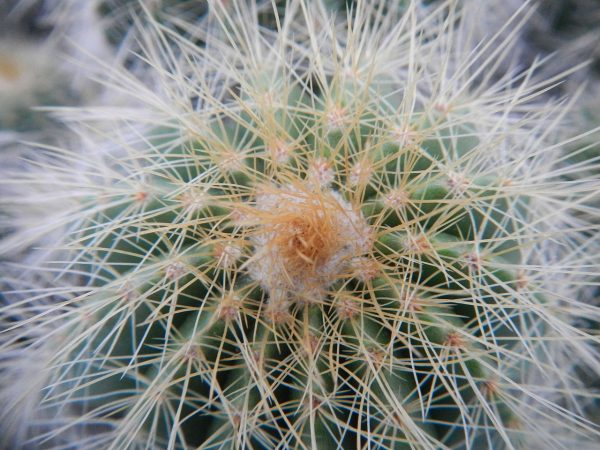
The orchid cactus plant is planted from the stem cuttings. These plants cross breed easily. If you have a healthy cactus plant of your own, then you can choose a healthy leaf of approximately 4 inches, and prune it off at the base of the leaf to take out the stem part. The next step is to store the cutting in a cool and dry place like the bathroom, car shed or a garden shed, away from sunlight for around 10 to 14 days. The cutting of such succulent plants is able to stay intact for about a month. The main purpose of storing this cutting part is to cure the ends and form calluses. If you have purchased the stem cutting from elsewhere, and do not know how long they have stored it , then you can keep it just for one week in a dry place to form calluses. Then you can use these cuttings for propagating. Place 3 cuttings in a 4 inch deep pot with a drainage hole. You can use a good potting mix that consists one part of coarse material like non-organic perlite mixed with three part potting soil. Adding 1 to 1 and a half tablespoon orchid bark to each pot is beneficial. Do not water soon after planting for a few days, till the roots develop. If you water soon, it may cause the roots to rot.
Soil
The orchid cactus plant requires a porous mix soil which is rich in nutrients, i.e. humus and leaf mold. Clay pots are good for planting because they dry out much faster than others. And clay allows air to enter and that is favorable to the root system.
Water
The orchid cactus plant requires moisture, but does not like wet conditions. During the growing period a household plant requires fertilizers with second or third watering. During the winter months it does not require much water.
Temperature and Humidity
The orchid cactus plant prefers cool night time temperatures of 40 to 45°F. It requires an average room temperature of 60 to 75°F. And to set its flower buds, it requires cool temperatures of 60 to 65°F for 8 to 10 weeks. Moderate humidity of 50% to 60% is ideal for this plant.
Care
This cactus plant requires full sunlight because it is very essential for good growth. High potassium liquid fertilizers are also ideal for the plant. Fertilizing in the spring or the summer season is good for the growth of the plant. Pruning is also important for the healthy growth.
Pests and Diseases
The orchid cactus plant is attacked by pests like scale, mealy bug, slugs and fungus gnats. Mealy bug insects leave a cotton residue which is harmful for the plant. It can be removed by spraying an insecticidal soap. Sometimes it is also affected by bacterial and fungal diseases. This plant loves to grow in a hanging container, as it provides a good base. It also protects from the number one pest attacking this plant, the snail. Always place in a sunny location, but prevent them from direct sunlight, especially during the peak hour of the afternoon. The preferable location is under the shade of a tree or any shade structure made with a cloth to avoid sunburns.Ensure good air circulation for a healthy growth of this plant.
Uses
The orchid cactus plant has antibacterial properties and its stem is used medicinally to treat cardiac affections and dropsy. The petals of the faded bloom are used in making a soup. People believed that these beautiful flowers were difficult to bloom commonly, and wherever it blooms, the place will be filled with fortune and luck. Hence, still many people prefer to keep this beautiful plant in their garden as an ornamental plant.

Having discovered a fondness for insects while pursuing her degree in Biology, Randi Jones was quite bugged to know that people usually dismissed these little creatures as “creepy-crawlies”.

